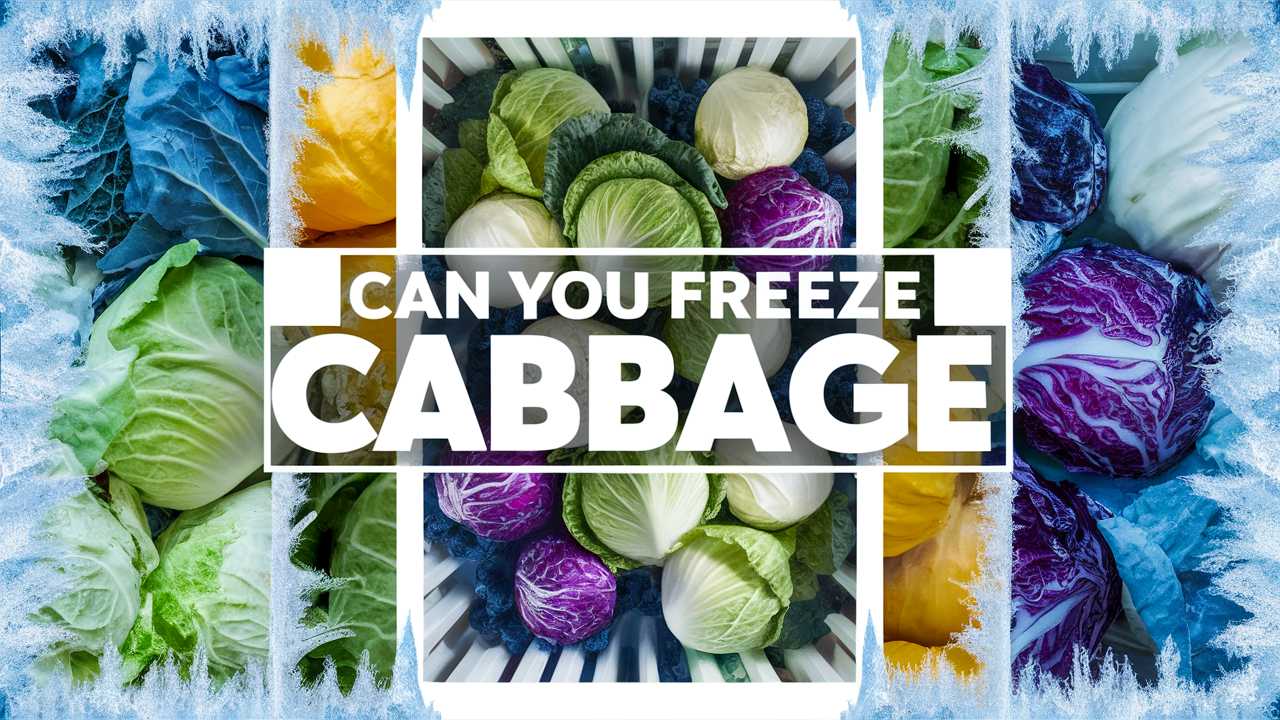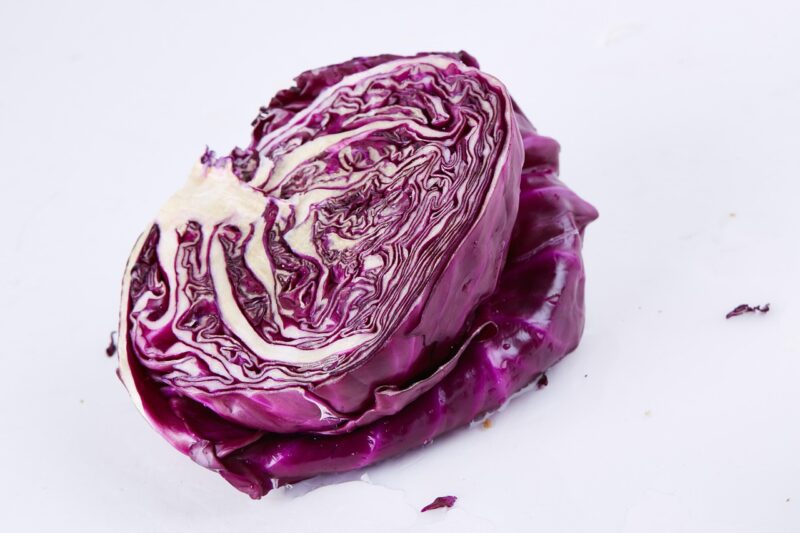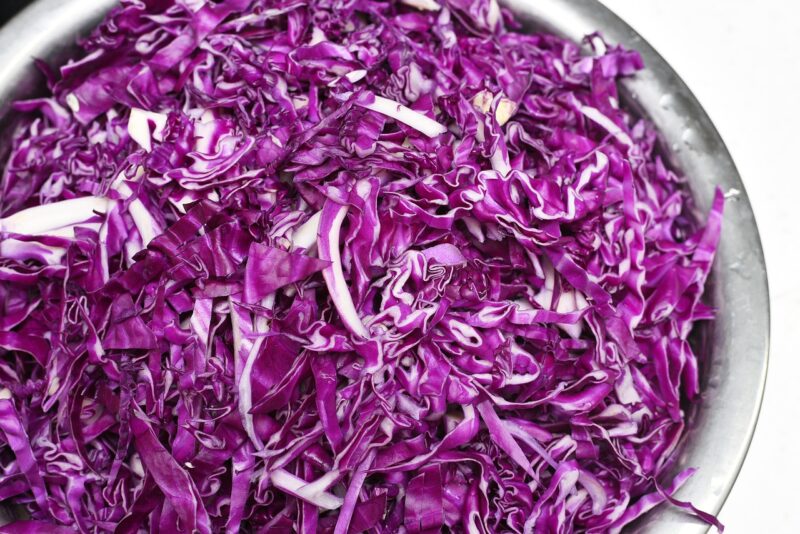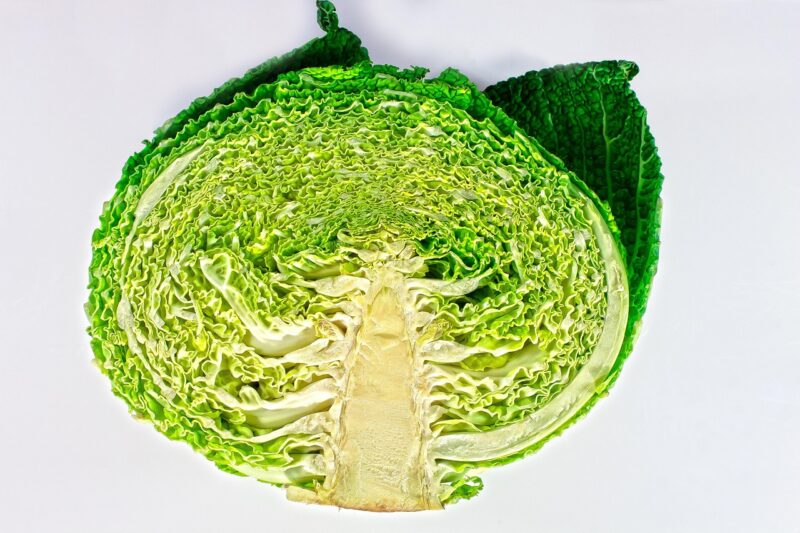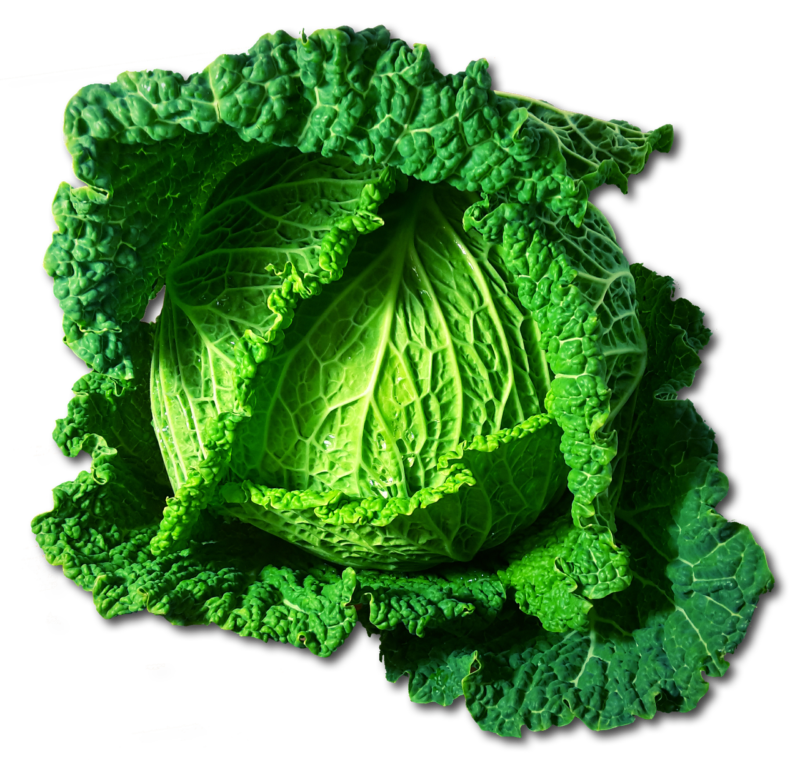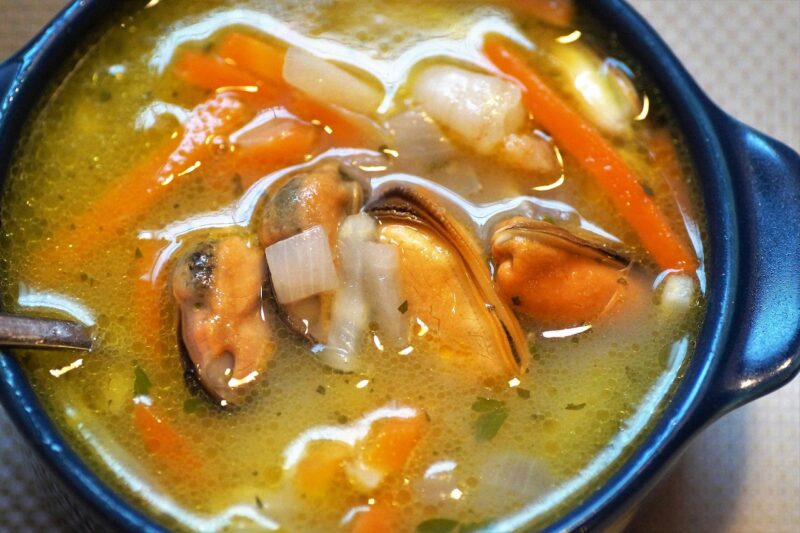In this guide, we’ll explore everything you need to know about freezing cabbage—from the why and how to the best practices for keeping it delicious and nutritious.
Why Freeze Cabbage?
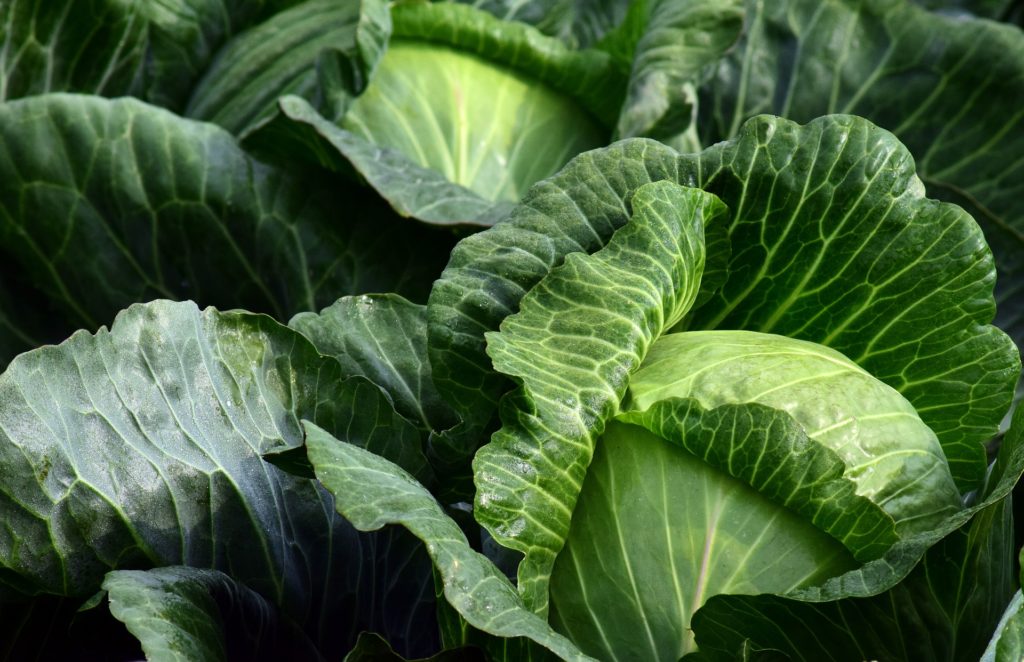
Freezing cabbage presents several advantages. For one, it extends the shelf life of this nutritious vegetable while preserving its flavor and texture. Cabbage can wilt quickly once cut or cooked, leading to food waste if not consumed promptly. By freezing it, you can enjoy home-cooked meals year-round without fresh cabbage spoilage affecting your meal planning.
Moreover, freezing allows you to take advantage of seasonal produce without the worry of using it all at once. If you cultivate your cabbage or buy in bulk from farmers’ markets, freezing is an excellent way to enjoy the harvest long after the season ends.
Lastly, frozen cabbage becomes a handy ingredient for quick dinners. Simply pull it from the freezer and toss it into stir-fries, soups, or casseroles, making it easier to whip up a nutritious meal in no time.
Preparation: Selecting and Preparing Cabbage for Freezing
Before diving into the freezing process itself, it’s essential to select the right cabbage and prepare it adequately. Here’s how to ensure your frozen cabbage maintains its best qualities:
Choosing the Right Cabbage
Freshness is key when choosing cabbage for freezing. Look for:
Color: Opt for vibrant-colored heads—green, red, or savoy—without any brown spots.
Firmness: The cabbage should feel dense and solid. Avoid heads that have soft spots or feel hollow.
Leaves: Fresh, crisp leaves indicate that the cabbage is in good condition. Wilted or yellowing leaves may affect the quality after freezing.
Washing and Cutting
Wash: Rinse the cabbage under cold running water to remove dirt and any pesticide residues.
Core: Remove the core of the cabbage, as it can be tough and woody. This can be done easily with a sharp knife.
Chop or Slice: Depending on how you plan to use the cabbage later, you can cut it into quarters, slices, or shred it. Keep in mind that smaller pieces will freeze more uniformly and will be easier to incorporate into meals.
How to Freeze Cabbage
Once you have your cabbage selected and prepared, the next step is freezing it correctly to preserve its flavors and textures. Here’s a step-by-step guide to effective freezing:
Blanching: Why Is It Necessary?
Blanching is a crucial step in freezing many vegetables, including cabbage. This process involves briefly boiling the cabbage, then quickly cooling it in ice water. Blanching serves several purposes:
Preservation of Color: This process helps maintain the vibrant hues of the cabbage.
Textural Improvement: It softens the leaves just enough to prevent them from becoming mushy during freezing.
Bacterial Inactivation: Blanching kills off enzymes and bacteria that could compromise the cabbage over time in the freezer.
Step-by-Step Freezing Process
Blanch the Cabbage:
Bring a large pot of water to a rolling boil.
Prepare an ice bath by filling a large bowl with ice and cold water.
Once boiling, immerse the cabbage pieces in the water for about 2-3 minutes.
Use a slotted spoon to remove the cabbage and immediately transfer it to the ice bath to halt the cooking process.
Drain: After a few minutes in the ice bath, drain the cabbage thoroughly. You want to eliminate excess moisture, which can create ice crystals during freezing.
Pack for Freezing:
Spread the blanched cabbage onto a clean kitchen towel to absorb additional moisture.
Using freezer-safe bags or airtight containers, pack the cabbage. If using bags, remove as much air as possible before sealing; this helps prevent freezer burn.
Label and Freeze: Label each bag or container with the date and type of cabbage. Place them in the freezer, ensuring they’re stored in a single layer initially. This helps to freeze them more quickly.
By following these steps, you can freeze cabbage effectively, ensuring it remains an excellent addition to meals for months to come.
Best Practices for Freezing Cabbage
Here are some additional tips to enhance the freezing process and protect the quality of your cabbage:
Portion Control
Consider portioning your cabbage into smaller amounts. This not only makes it easier to thaw later but also reduces the chance of waste if you find that you only need a small quantity.
Avoid Refreezing
It’s crucial to only freeze cabbage once. Refreezing previously frozen cabbage can compromise its texture and flavor. When you’re ready to use it, thaw only what you need.
Thawing Frozen Cabbage
Thawing should be done gradually in the refrigerator for best results. If you’re short on time, you can also use the microwave, but be cautious to prevent overcooking.
Cooking Frozen Cabbage
Cooked cabbage generally holds up better than raw cabbage when frozen. Include frozen cabbage directly in soups and stir-fries without thawing for the best texture. It may lose some crispness upon thawing but can still serve as a flavorful ingredient.
How Long Can You Keep Frozen Cabbage?
Frozen cabbage can generally be stored for 9-12 months in the freezer while maintaining optimal quality. While it’s safe to consume beyond this timeframe, the taste and texture may degrade. Always check for signs of freezer burn or off smells before using.
The Benefits of Frozen Cabbage
Now that we’ve covered how to freeze cabbage, let’s explore the numerous ways frozen cabbage can fit into your diet:
Nutritional Benefits
Cabbage is packed with vitamins K and C, fiber, and beneficial antioxidants. It contains compounds that may promote gut health and even offer anti-inflammatory benefits. Freezing does not diminish these nutrients significantly, making it a fantastic way to maintain your vegetable intake.
Versatility in Cooking
Frozen cabbage can easily be incorporated into a variety of meals, such as:
Soups and Stews: Toss frozen cabbage into soups or stews for added nutrition and bulk.
Stir-Fries: It cooks quickly and adds a delightful crunch when stir-fried with other vegetables.
Casseroles: Mixed into casseroles, frozen cabbage can enhance flavors and textures.
Coleslaw: Although fresh cabbage is preferred for coleslaw, shredded frozen cabbage can be thawed and used in a pinch.
Cost-Effectiveness
Purchasing in bulk and freezing allows you to minimize expenses while ensuring you always have nutritious options available. This is especially beneficial when cabbage is in season and prices are low.
Common Misconceptions About Freezing Cabbage
Despite the many advantages of freezing cabbage, there are a few misconceptions that often discourage people from attempting it. Here are some truths to set the record straight:
Myth: Freezing Ruins the Texture
Many people believe that freezing vegetables makes them mushy and unappetizing. While it’s true that raw cabbage may lose some crunch after freezing, proper blanching and cooking can preserve its quality. When used in cooked meals, the texture remains satisfactory.
Myth: It Harbors Bacteria
Some might assume frozen vegetables are unsafe due to potential bacteria. As long as the cabbage is blanched correctly, rinsed, and stored in airtight conditions, it’s safe to consume even after extended freezer time.
Myth: You Cannot Freeze Cabbage in Any Form
It’s a common belief that only whole heads can be frozen. In reality, you can freeze shredded, sliced, or whole cabbage as long as the blanching process is followed.
Recipes Featuring Frozen Cabbage
Transforming your frozen cabbage into delicious meals is a delightful way to make the most of your freezing efforts. Here are a few recipes that are perfect for utilizing frozen cabbage:
Cabbage and Sausage Skillet
Ingredients:
1 lb sausage (your choice, such as Italian or turkey)
1 onion, diced
4 cups frozen cabbage
1 clove garlic, minced
Salt and pepper to taste
Olive oil for cooking
Instructions:
In a large skillet, heat olive oil over medium heat. Add the sausage and brown it.
Once the sausage is cooked, add the onion and garlic, sautéing until translucent.
Add the frozen cabbage and stir to combine. Cover and cook for about 10 minutes, stirring occasionally, until the cabbage is tender.
Season with salt and pepper. Serve warm.
Cabbage Soup
Ingredients:
1 lb ground beef or turkey
1 onion, chopped
4 cups beef or vegetable broth
2 cups frozen cabbage
2 carrots, sliced
Salt, pepper, and herbs of choice (like thyme and bay leaf)
Instructions:
In a large pot, brown the ground meat over medium heat. Add the onion and cook until softened.
Pour in the broth and bring to a boil.
Add in the frozen cabbage, carrots, and seasonings. Reduce the heat and let it simmer for about 30 minutes.
Taste and adjust seasoning if necessary. Serve warm.
Cabbage Stir-Fry
Ingredients:
4 cups frozen cabbage
2 cups mixed stir-fry vegetables (like peppers and carrots)
3 tbsp soy sauce
1 tbsp sesame oil
1 tsp ginger, grated
1 clove garlic, minced
Instructions:
Heat sesame oil in a wok or large skillet.
Add garlic and ginger, sauté for about 30 seconds until fragrant.
Toss in the frozen cabbage and stir-fry until heated through.
Add the mixed vegetables and soy sauce, stir-frying until everything is cooked to your liking.
Serve over rice or noodles.
Conclusion
Can you freeze cabbage? Absolutely! Freezing this nutritious vegetable can be a game-changer for your meal prep while reducing food waste and enhancing your convenience in the kitchen. By selecting the right cabbage, preparing it correctly, and following the suggested freezing methods, you can ensure that you have delicious cabbage ready to go at a moment’s notice.
Whether you’re a seasoned cook or a kitchen novice, exploring frozen cabbage can inspire creative, nutritious meals in your everyday life. So, the next time you find yourself with an excess of cabbage, don’t hesitate to take the plunge and freeze it. Your future self will thank you for it! Embrace the joy of cooking with frozen ingredients and let cabbage become a staple in your culinary repertoire.
Join the Conversation
Have you tried freezing cabbage? What are your favorite recipes to incorporate frozen cabbage? Share your experiences and insights in the comments below!


